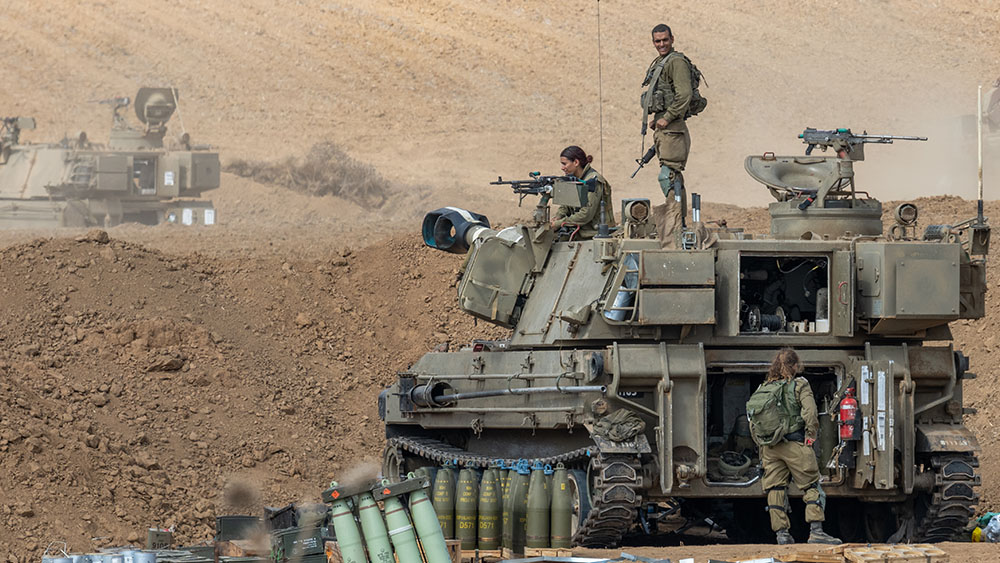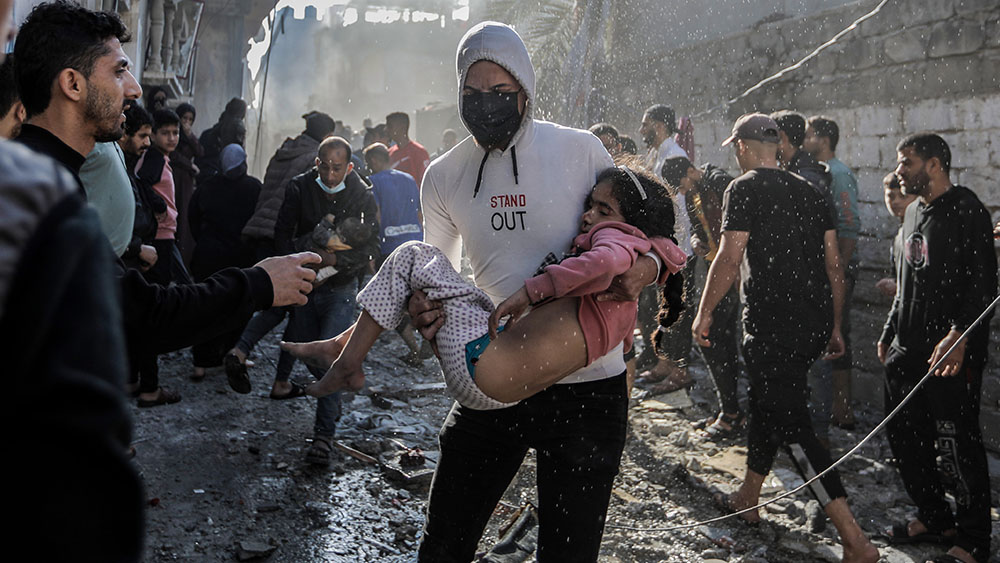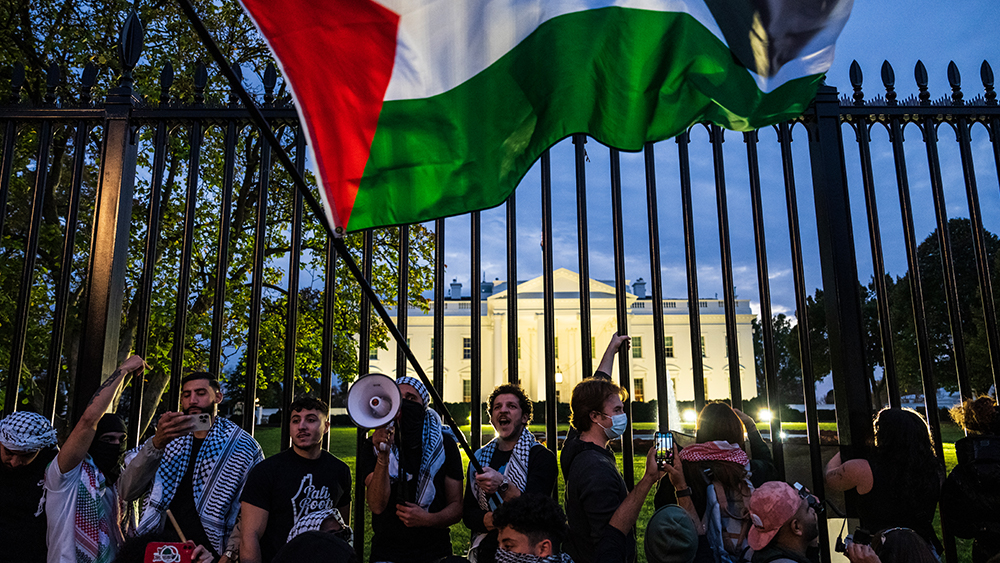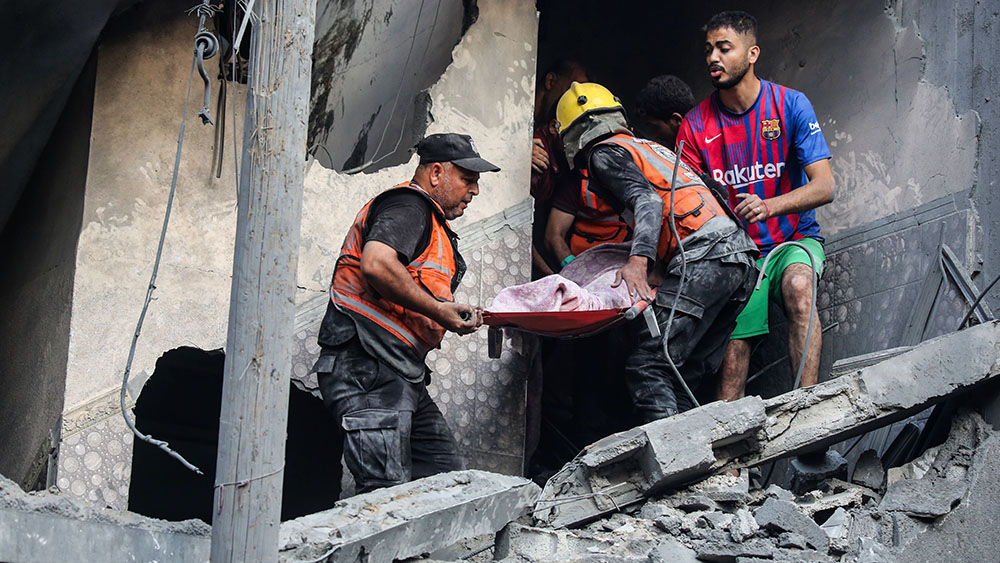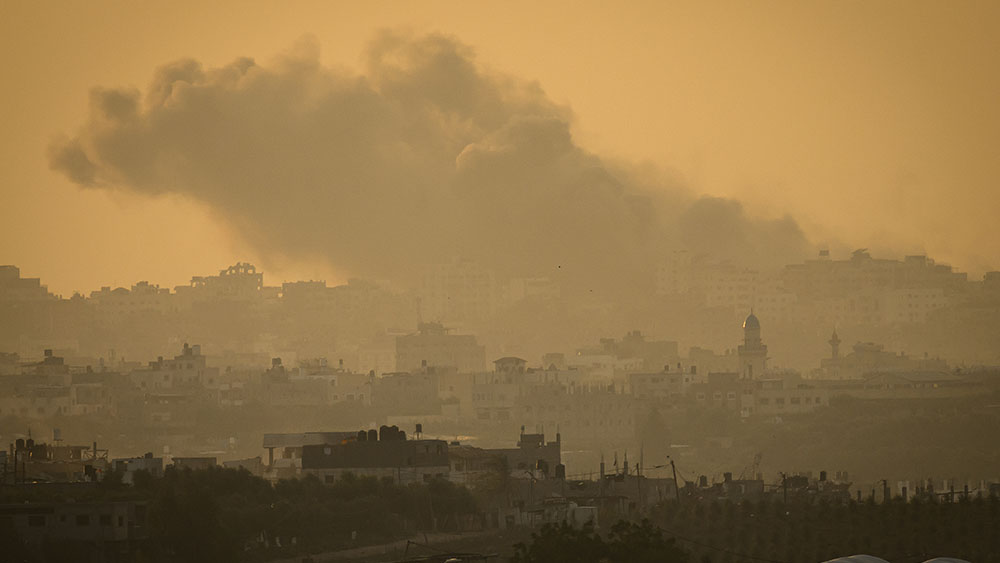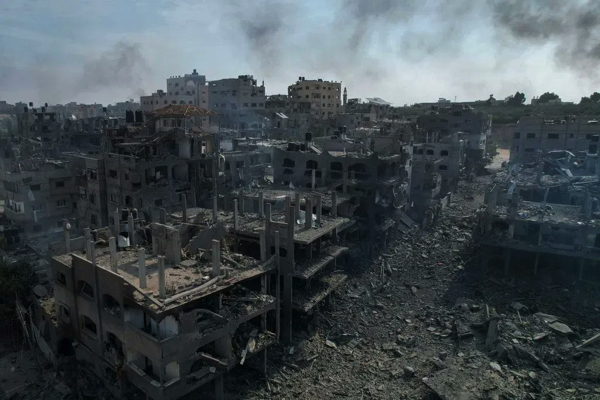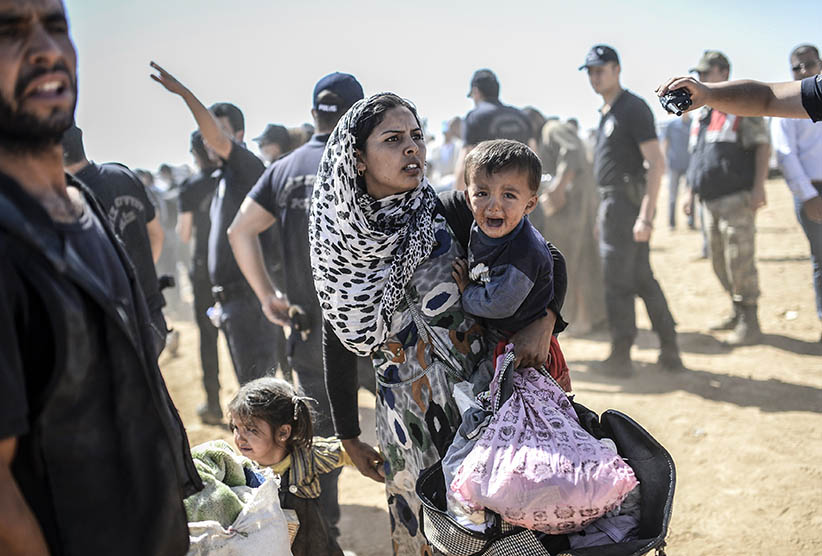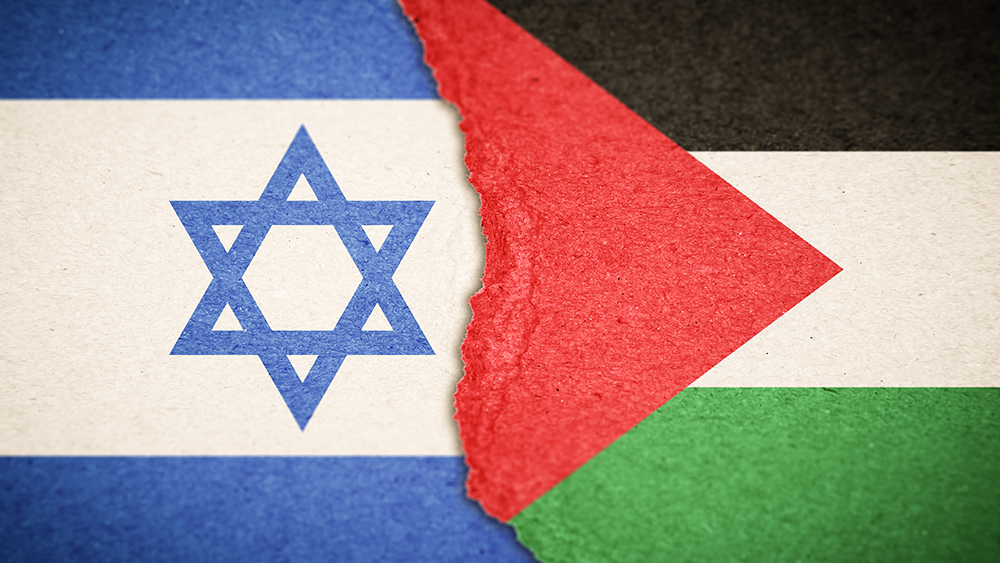Israel pushes deeper into Gaza, orders MASS EVACUATIONS that are impossible for civilians to follow without being bombed
12/08/2023 / By Richard Brown
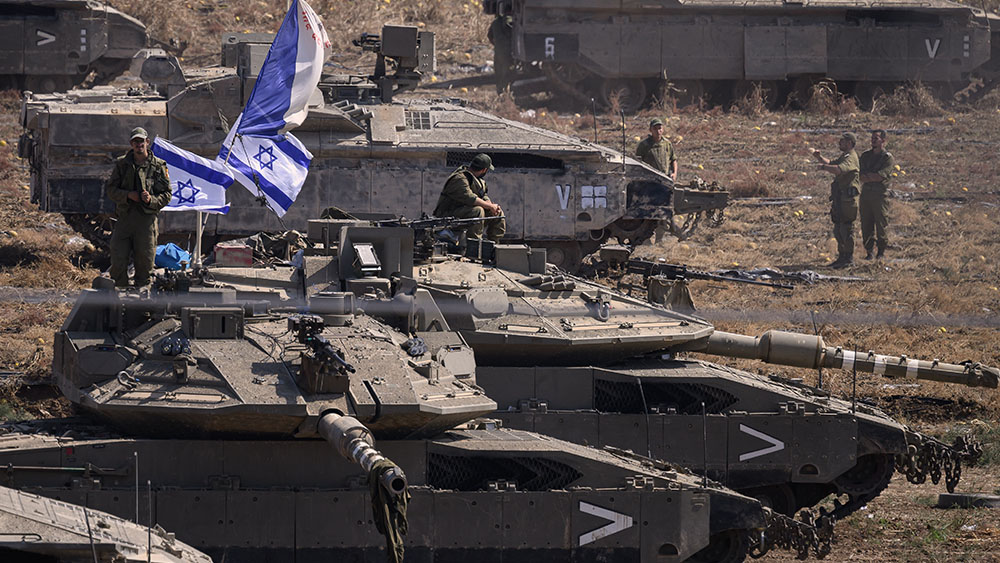
Israeli forces are intensifying their air and ground assault on the southern Gaza Strip, simultaneously urging mass evacuations as they push deeper into the region.
Following the capture of the northern half of Gaza in November, Israel significantly escalated its military actions after the collapse of a week-long truce. The armed wing of the Islamic Jihad terrorist group, an ally of Hamas, reported intense clashes with Israeli soldiers near Khan Younis, Gaza’s primary southern city.
Residents have observed Israeli tanks entering Gaza, cutting off the crucial north-south route. The Israeli military has declared the central road out of Khan Younis to the north as a battlefield and closed it off.
Israel confirmed three soldiers’ deaths on Dec. 4, describing it as a day of fierce battles with Hamas terrorists. It also issued an evacuation order for parts of Khan Younis on the same day, directing residents to move towards the Mediterranean coast and Rafah, a town near the Egyptian border.
Since the ground invasion began, 78 Israeli soldiers have lost their lives in Gaza. The military assault by Israel was initiated as retaliation for an Oct. 7 cross-border attack by Hamas terrorists on Israeli border towns, settlements and a music festival. This attack resulted in the death of 1,200 people and the seizure of 240 hostages, marking the deadliest single day in Israel’s 75-year history.
In Washington, a U.S. Department of State spokesperson noted that while Israel’s move to seek evacuations in targeted areas instead of entire cities was an improvement, the U.S. expected Israel to avoid attacking areas designated as “no-strike” zones in Gaza. (Related: MIGRANT INVASION: “Large influx” of Gaza refugees coming to Germany as Israel bombs them out of Gaza.)
U.S. National Security Advisor Jake Sullivan stated that Washington had discussed with Israel the expected duration of the conflict but refrained from sharing a specific timeline. A senior Israeli official mentioned that they were taking the time to order more precise evacuations to limit civilian casualties, emphasizing that civilian casualties were regrettable but inevitable when facing evil.
Throughout the conflict, more than 100 hostages seized by Iran-backed Hamas were freed during a seven-day truce last month. Israeli authorities reported seven civilian and one army colonel’s deaths in captivity, while 137 hostages remain in Gaza. In the eight weeks of warfare, the Hamas-controlled Gazan Ministry of Health reported at least 15,899 Palestinians killed.
Palestinians fleeing Gaza
The escalated military offensive in southern Gaza has forced hundreds of thousands of Palestinians into a perilous choice – stay in the path of advancing Israeli forces or attempt to flee within the confines of the besieged territory.
The mass movement of people is expected to exacerbate the already dire humanitarian crisis in the region. Thomas White, Gaza affairs director for the United Nations Relief and Works Agency for Palestine Refugees in the Near East, expressed concern about the worsening situation and highlighted the urgency of addressing the unfolding displacement.
Adding to the chaos, phone and internet networks across Gaza collapsed again on the evening of Dec. 4, further hindering communication for residents. The breakdown of these networks has occurred multiple times during the conflict, leaving people unable to communicate with each other or the outside world for extended periods.
Currently, approximately two million people – the majority of Gaza’s population – are crowded into the 230 square kilometers (90 square miles) of southern and central Gaza. The ongoing Israeli ground offensive, now moving into these densely populated areas, poses a threat of rendering even larger areas uninhabitable.
Since the collapse of the truce, the Israeli military has ordered the evacuation of an area of about 62 sq. km. (24 sq. mi.) in and near Khan Younis. This evacuation further reduces the available space for Palestinians by more than a quarter.
Israeli airstrikes in recent days have been described as “ferocious,” hindering aid delivery and depleting food supplies in local shops. Mohammed Aghaalkurdi, an aid worker with Medical Aid for Palestinians in Khan Younis, reported that neighborhoods and shelters were emptying as people sought refuge elsewhere.
Israeli military leaflets advise people to move south toward the border with Egypt, but many are unable to leave Gaza, as both Israel and neighboring Egypt have refused to accept refugees.
Visit IsraelCollapse.com for more stories about the ongoing Israel conflict.
Watch this footage of Gaza Beach before and after Israeli bombings.
This video is from the Cynthia’s Pursuit of Truth channel on Brighteon.com.
More related stories:
40 percent of Palestinians killed in Gaza are children.
Sources include:
Submit a correction >>
Tagged Under:
battlefield, big government, chaos, dangerous, democide, Gaza Strip, genocide, Hamas, Holy War, humanitarian, insanity, invasion, Israel, Israel collapse, Israel-Palestine war, national security, Palestine, terrorism, violence, WWIII
This article may contain statements that reflect the opinion of the author
RECENT NEWS & ARTICLES
COPYRIGHT © 2017 HUMANITARIAN NEWS


